Sightseeing Spots
Search Results314
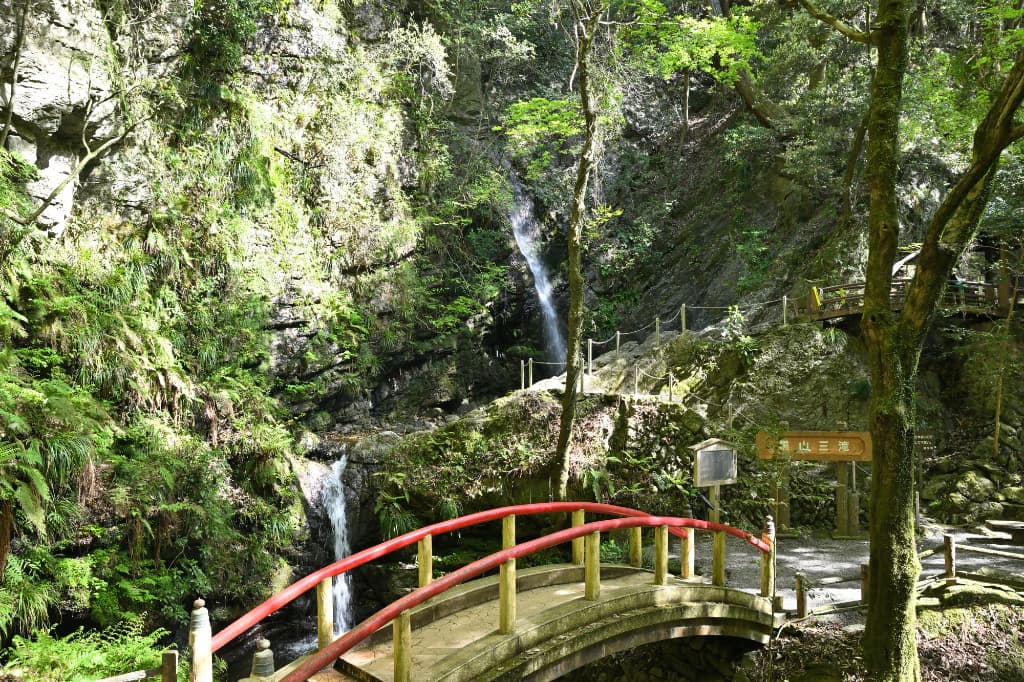
Within Ogose Town in Iruma sits a scenic area where you can find the Three Waterfalls of Kuroyama (Kuroyama Santaki): Odaki, Medaki, and Tengu Taki. It has been selected as one of Japan's top 100 tourist destinations. During summer, the pure mist from the cascading waters and the rich greenery that surrounds the area provide a coolness that helps you forget the hustle and bustle of city life. It's an ideal summer retreat where you can heal from the fatigue of the everyday and refresh both mind and body. The area has also long been revered as a powerful sacred site for “shugendo” mountain asceticism practitioners. Many come here to experience the energy of nature with their whole being and to pray for better fortune. With beautiful fresh greenery in spring and stunning autumn colors, the Kuroyama Santaki area shows different faces throughout the seasons. Please consider visiting this remarkable place at least once!

The stage for a powerful display of horseback archery, Izumo Iwai Shrine is the oldest shrine in the prefecture and, together with two building signs, designated as a national important cultural property. According to legend, the origin of the tradition dates back to 1063, when Minamoto no Yoshie visited the area to express gratitude after his successful conquest of Oshu, building the Hachiman Shrine dedicated to the god of horseback archery. Every spring and autumn, young people perform beautiful displays of archery while riding on the backs of galloping horses.
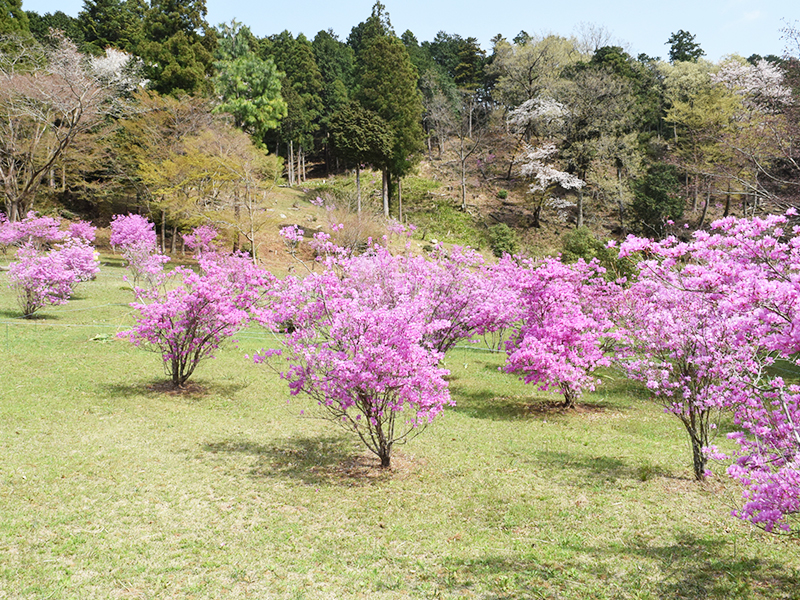
This flower garden, dedicated to a variety of early-blooming azalea called Rhododendron dilatatum (mitsuba tsutsuji), was born from the cultivation of this piece of mountain forest over a span of 10 years. In early April, roughly 2500 flowers bloom creating a world of stunning floral beauty!
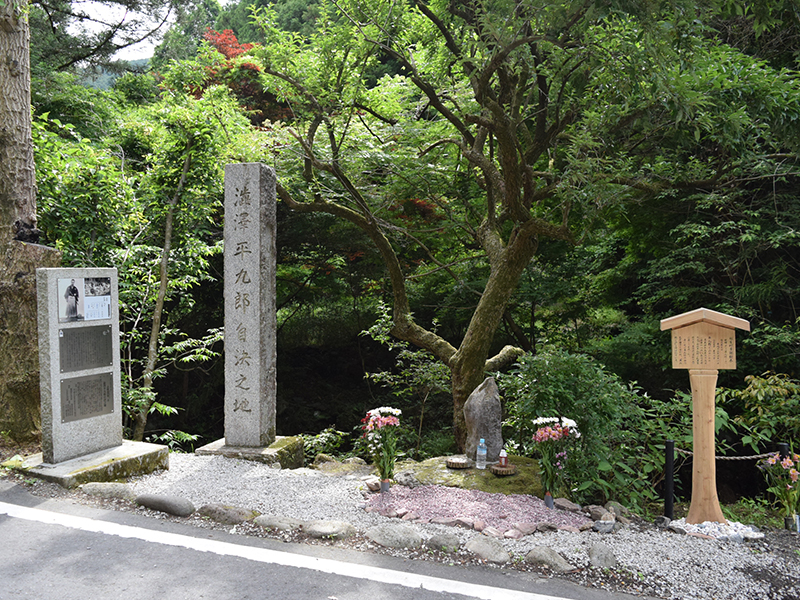
On May 23, 1868 (Keio 4), Heikuro Shibusawa, a member of the old shogunate army who was defeated in a battle with new government forces at Hanno, fled alone towards Kuroyama Village via the Kaoburi Pass. He encountered a patrolling scouting party and fought them alone, but was badly wounded and committed suicide (harakiri) while sitting on a rock on the river bank. Heikuro was a cousin, brother-in-law, and adopted son of Shibusawa Eiichi, the man known as the "father of Japanese capitalism," whose face appears on the 10,000 yen bill.
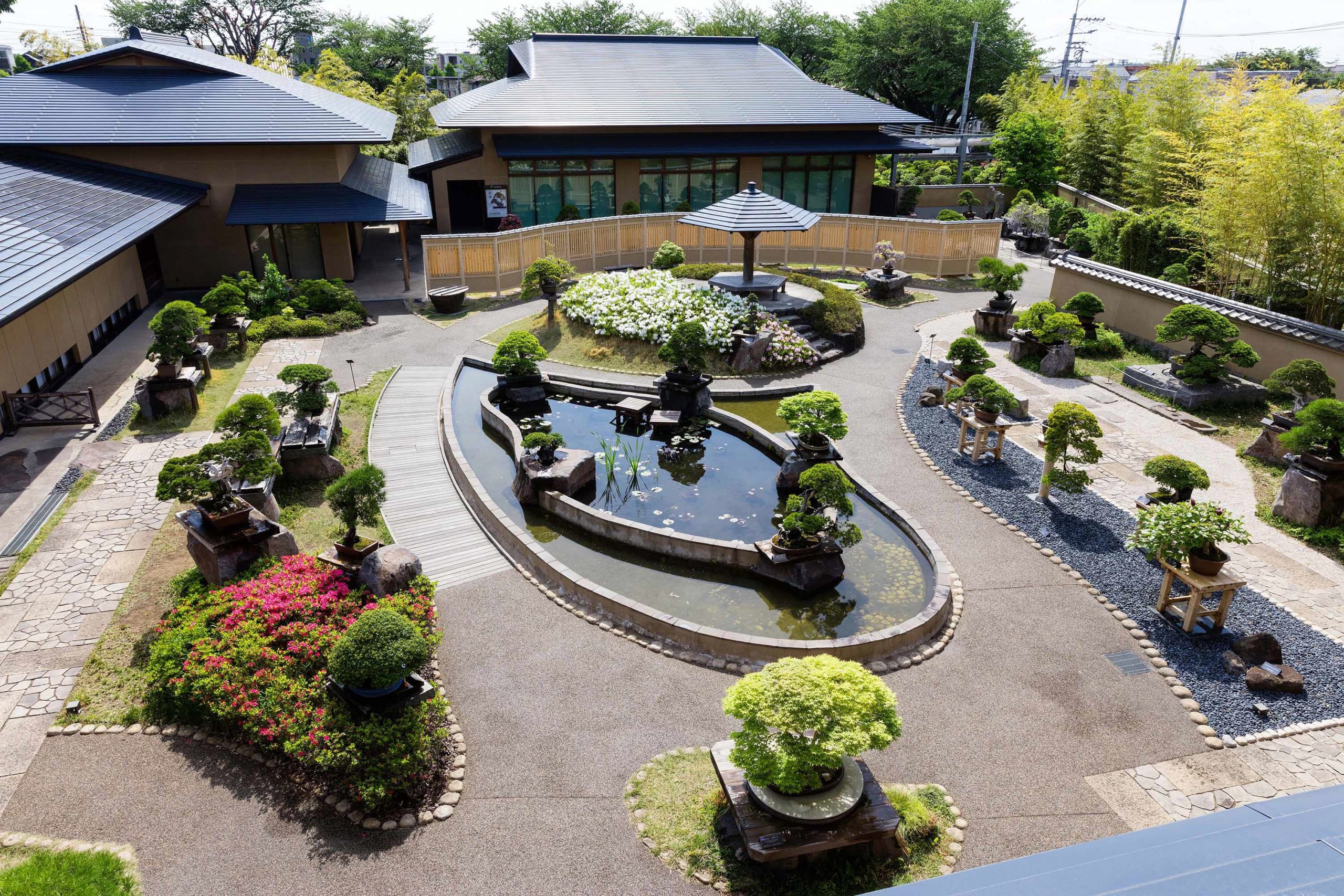
It is a core facility for promoting the culture of bonsai and is the world’s first public museum specializing in bonsai. To spread the culture of bonsai, which is designated a traditional industry of Saitama, along with bonsai, bonki (vase), suiseki (rocks) and paintings of bonsai can also be enjoyed in this diverse exhibit. (For more information regarding the facility, please refer to the URL below.)
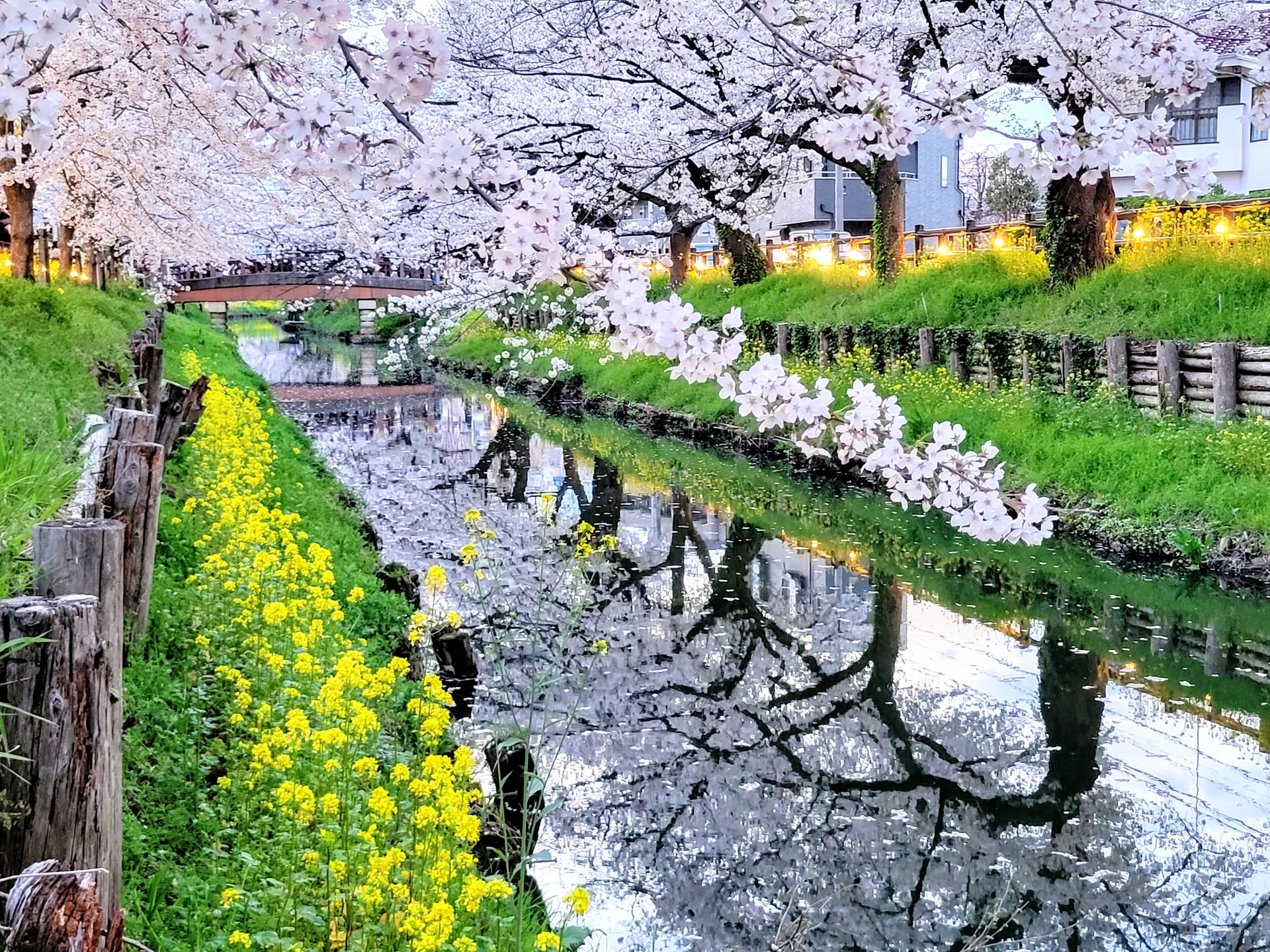
The "Little Edo Kawagoe Spring Sailing" is a Japanese cherry blossom viewing event held at the end of April, where visitors sail down the Shigashi River behind Kawagoe Hikawa Shrine to view 500 meters of cherry blossoms in full bloom. Sail along in a small Japanese-style boat enjoying the fully blooming sakura overhead with a flowing river of pink petals beneath you. It's a must-see for fans of the Japanese cherry blossom!
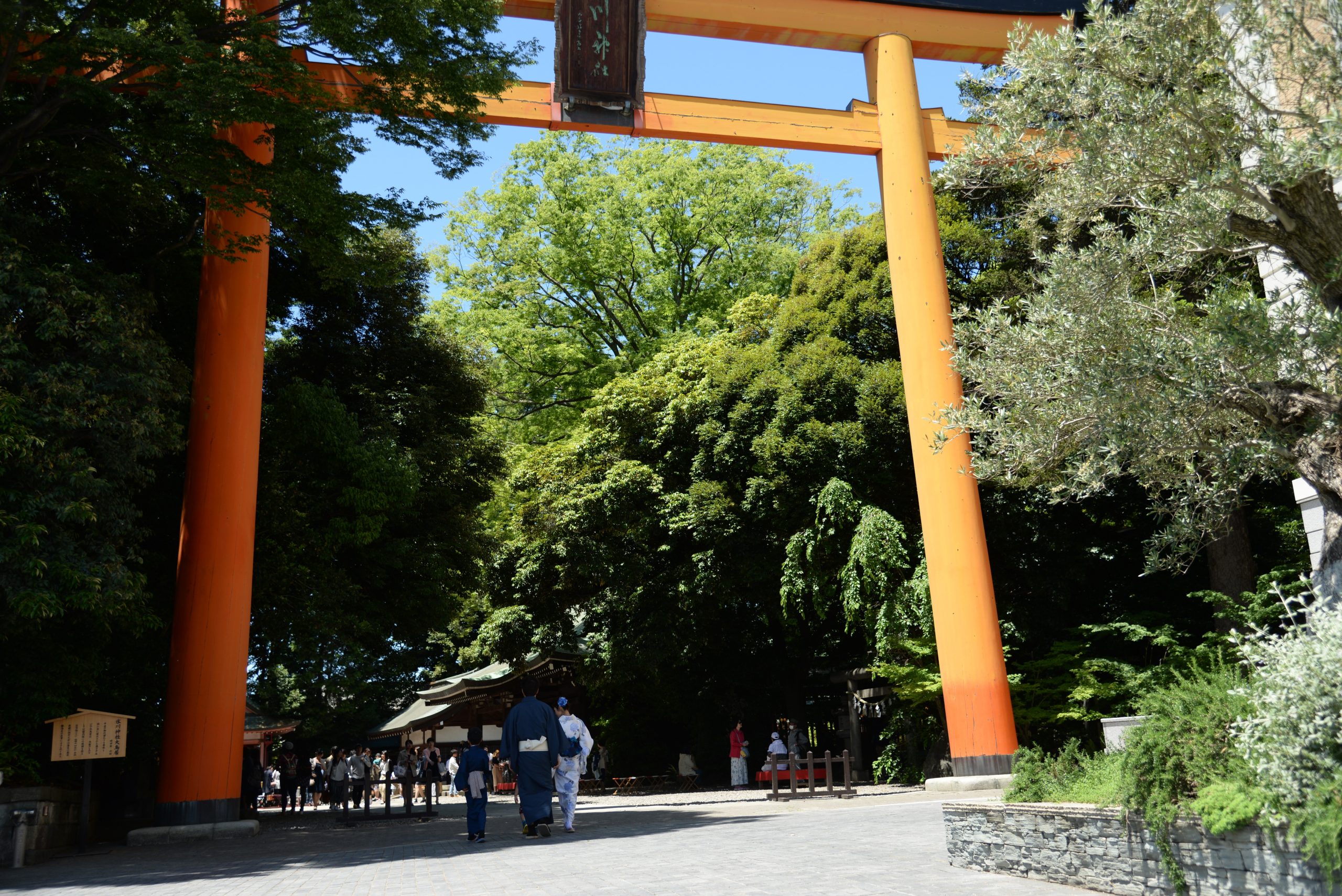
The history of Kawagoe Hikawa Shrine goes as far back as the reign of Emperor Kinmei in the 6th century, and is said to have started with the separation of worship practices by the Ōmiya Hikawa Shrine, a part of Musashi Ichinomiya, when the cultural practice of building burial mounds was passed on to them. When Ōta Dōkan built a castle thereafter, it was revered as a Sōja, a shrine enshrining several gods, of this location. Kawagoe Hikawa Shrine is familiarly called “Ohikawa-sama.”
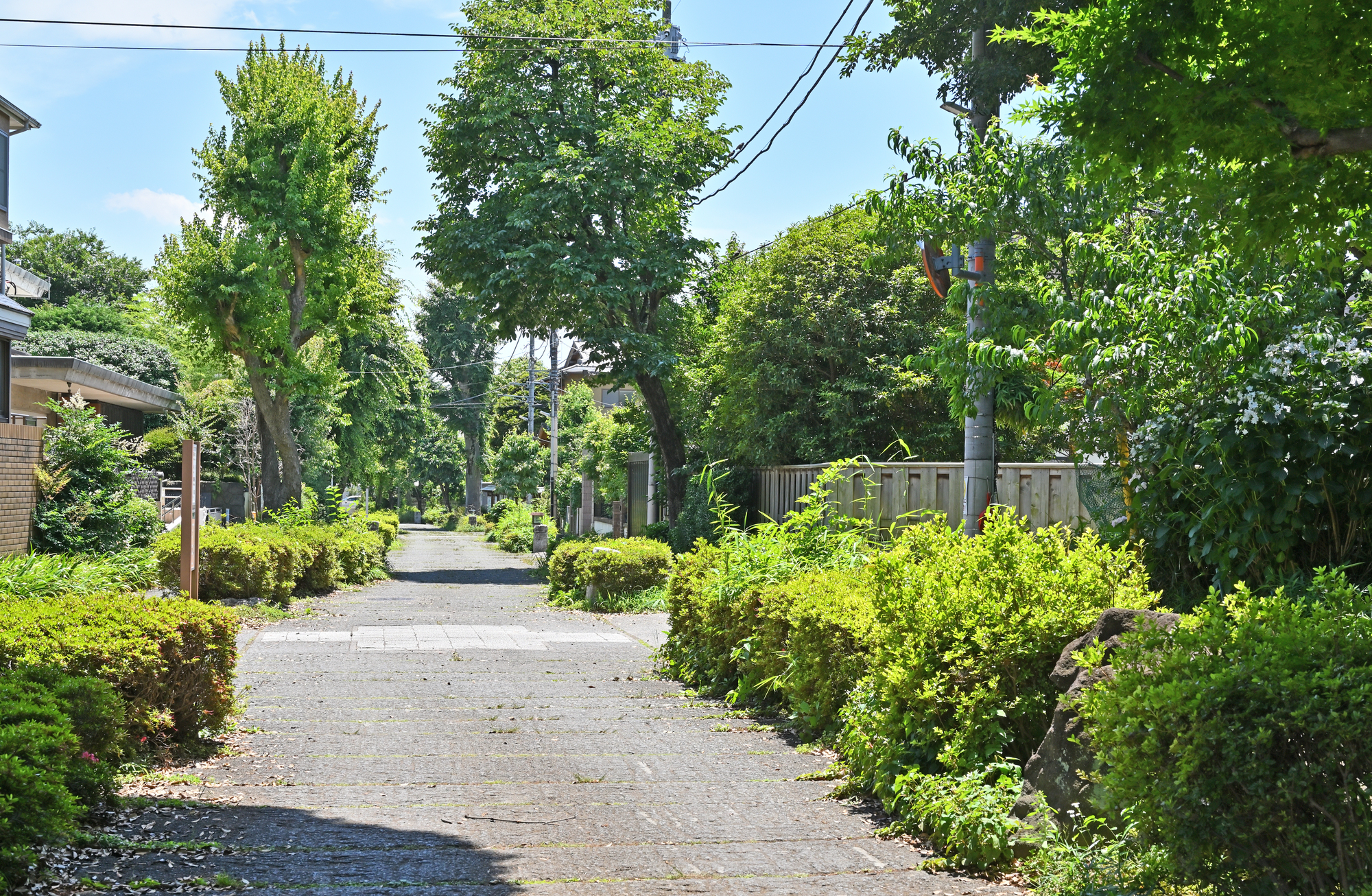
Omiya Bonsai Village was founded in 1925 by bonsai gardeners who moved from Tokyo after the Great Kanto Earthquake. They chose Saitama for its clean air, fresh water, and open space, perfect for growing bonsai. Today, the village remains a hub for bonsai culture in Japan, with six bonsai shops (bonsai-en), each with its own style and story. Right next to the village is the Omiya Bonsai Art Museum, the first public museum in the world dedicated entirely to bonsai. It's a great place to start your visit, offering helpful background, beautiful displays, and a deeper understanding of the art form. The village is just a short walk from Omiya-koen or Toro Station. While it’s open all year, spring and autumn are the best times to go, when the trees and gardens are especially beautiful.
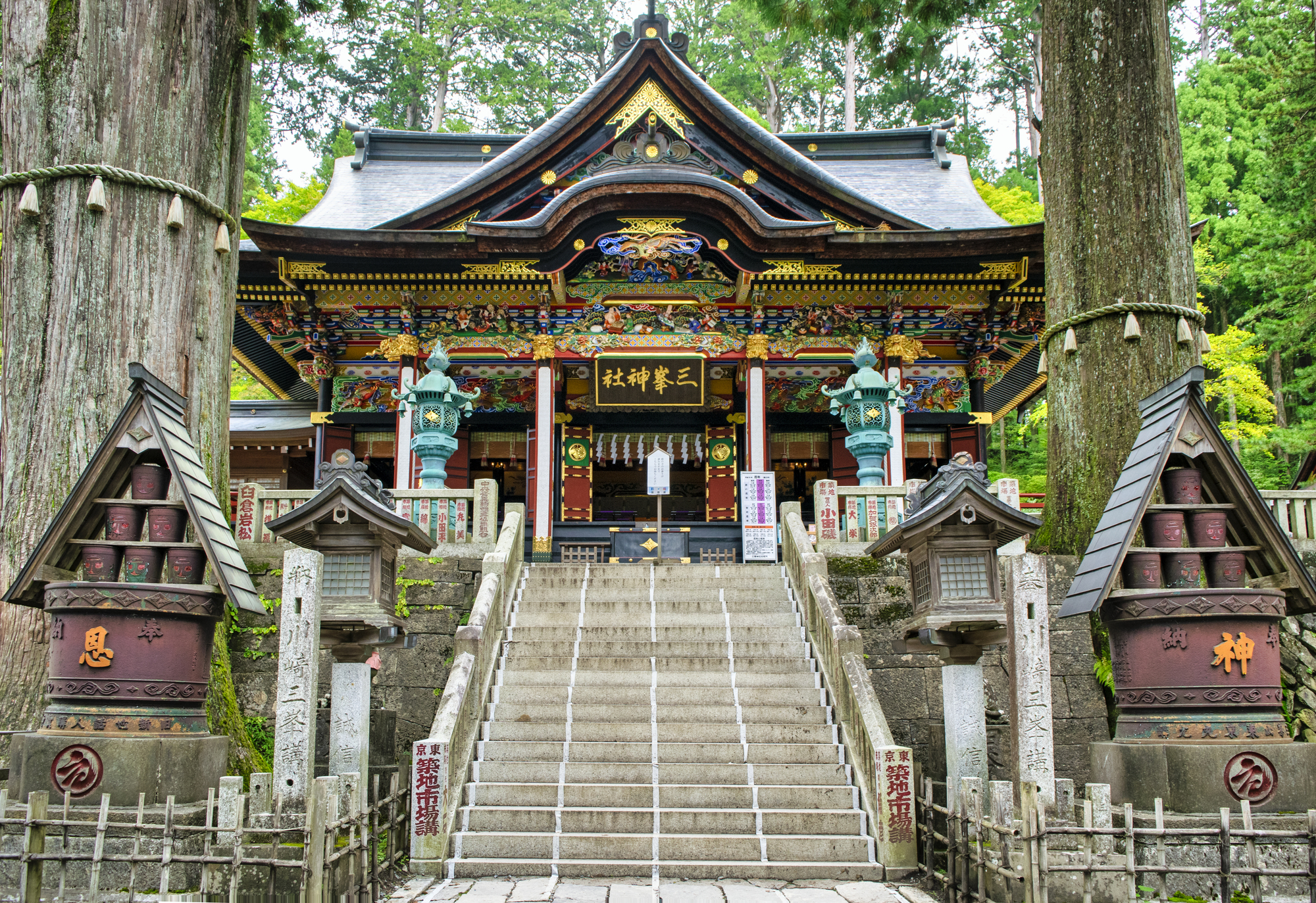
The history of the temple is said to date back about 2,000 years ago, to the reign of Emperor Keiko. During the Kamakura period (1185-1333), when faith in Mt. Mitumine spread, Hatakeyama Shigetada, Nitta Yoshioki, and others worshipped here. During the Tokugawa period (1603-1867), the Kishu shogunate and the Kishu family were revered, and gifts from the Kishu family in particular are still treasured by this shrine. When autumn arrives, the “Fifteen Nights and Moon Reading Festival” is held to herald the arrival of autumn in the mountains of Chichibu.
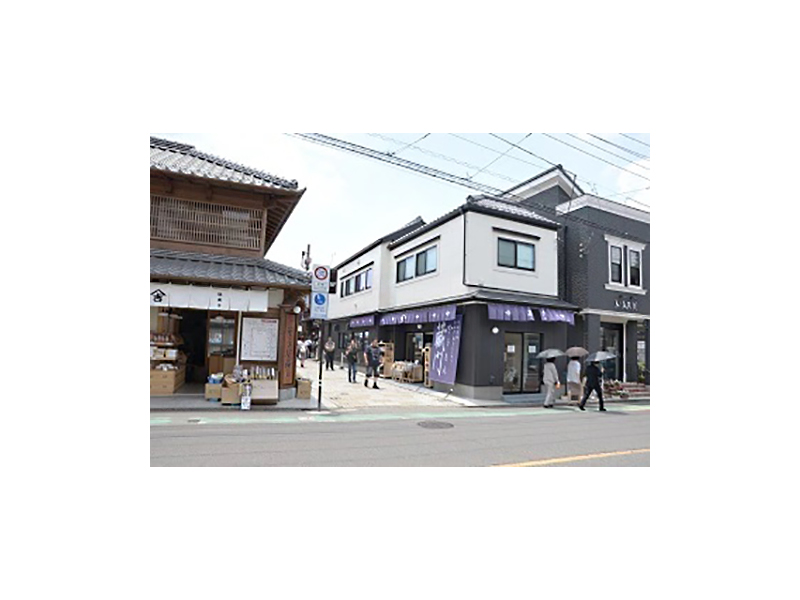
The entrance of the Kawagoe Kashiya Yokochō candy store is marked with a large purple noren (shop curtain with emblem and name). A wide variety of sweets are produced and sold here, including kura manjū (Japanese-style bun stuffed with sweetened bean paste), sweet potato yōkan (sweetened bean jelly), potato sweets, and rice crackers. We can assist you in basic English.
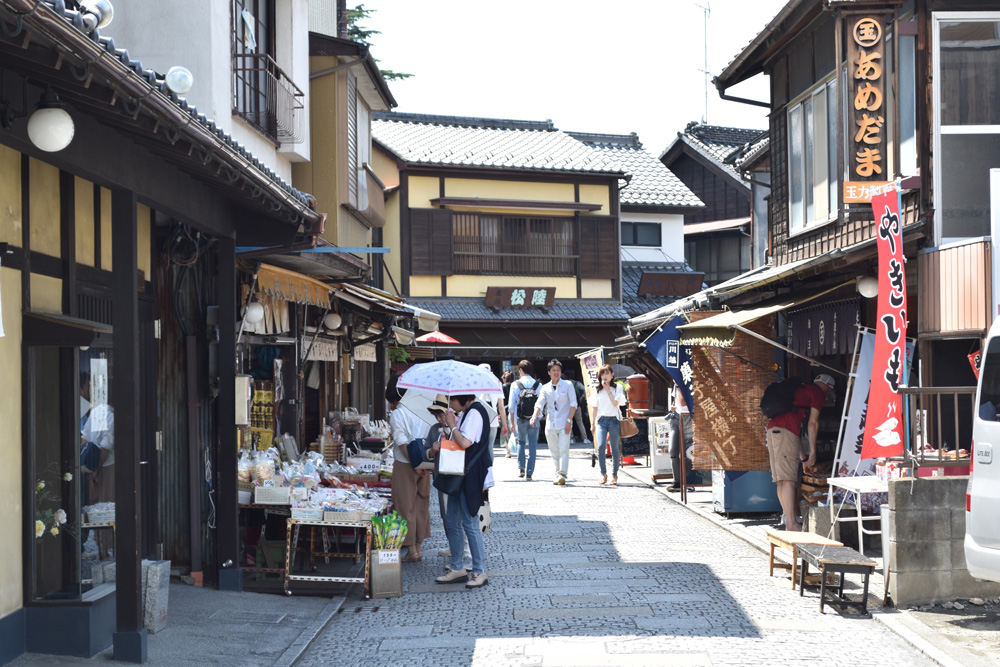
Many small, old-time candy stores line the Kashiya Yokochō (confectionery alley). 70 houses existed in the beginning of the Shōwa era, where they produced a variety of sweets to be sold wholesale. As of now, there are about 20 houses left that still produce and sell cheap sweets, such as mint candy and the Kintaro candy, which are nostalgic for both adults and children alike. Kashiya Yokocho was also selected as one of “The 100 Best Scented Sceneries” by the Ministry of the Environment.
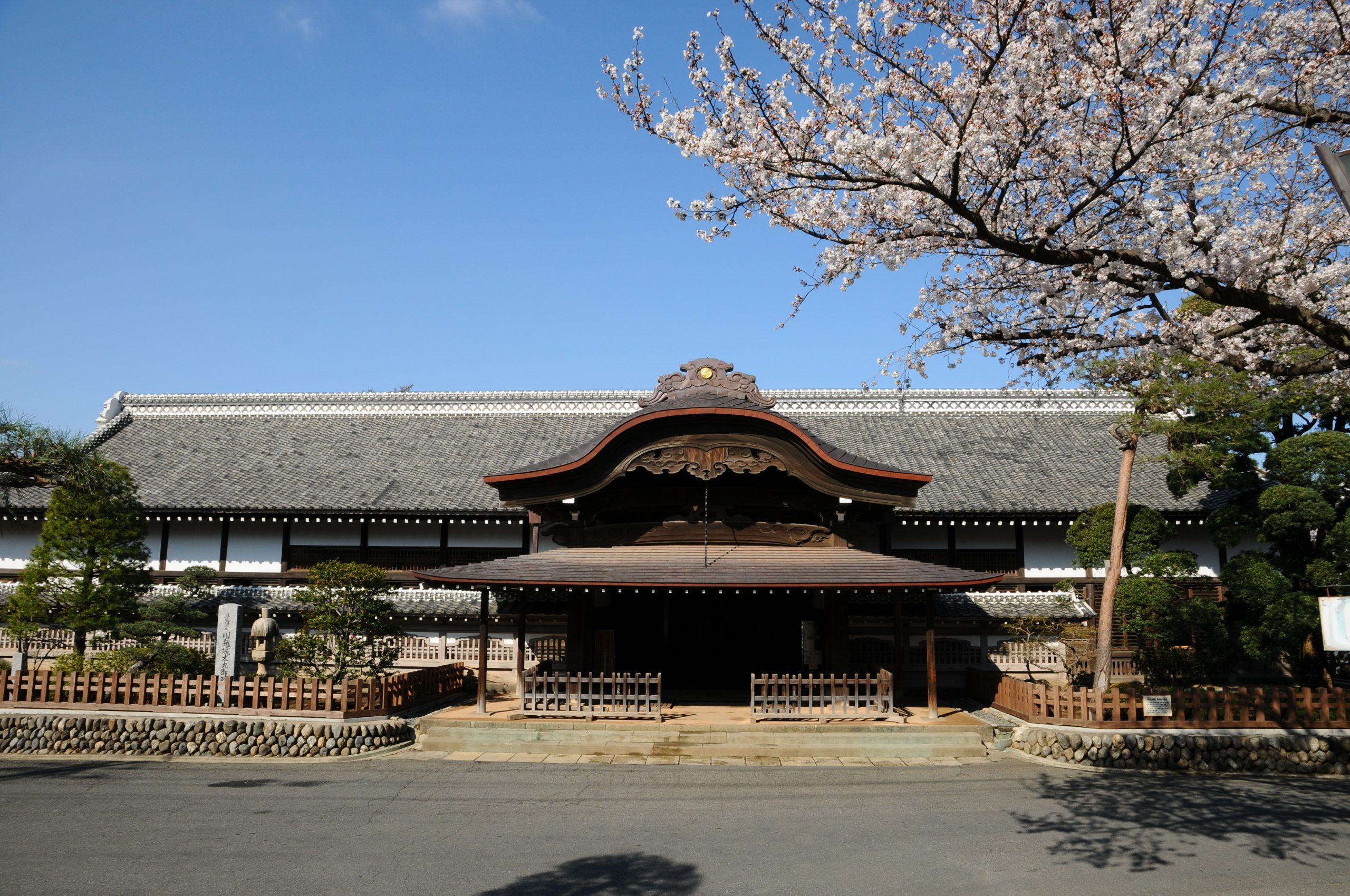
The Kawagoe Castle was built in the first year of Chōroku Era (1457) under the command of the vassals, Ōta Dōshin and Dōkan (father and son), for Ōgigayatsu Uesugi Mochitomo to compete against Koga Ashikaga Shigeuji. In the Edo period, it was of utmost importance to protect the north side of Edo, which is why the top vassal traditionally become the lord of the castle. The current building was constructed in the first year of Kaei era (1848). It is open to the public after a two and a half year restoration.
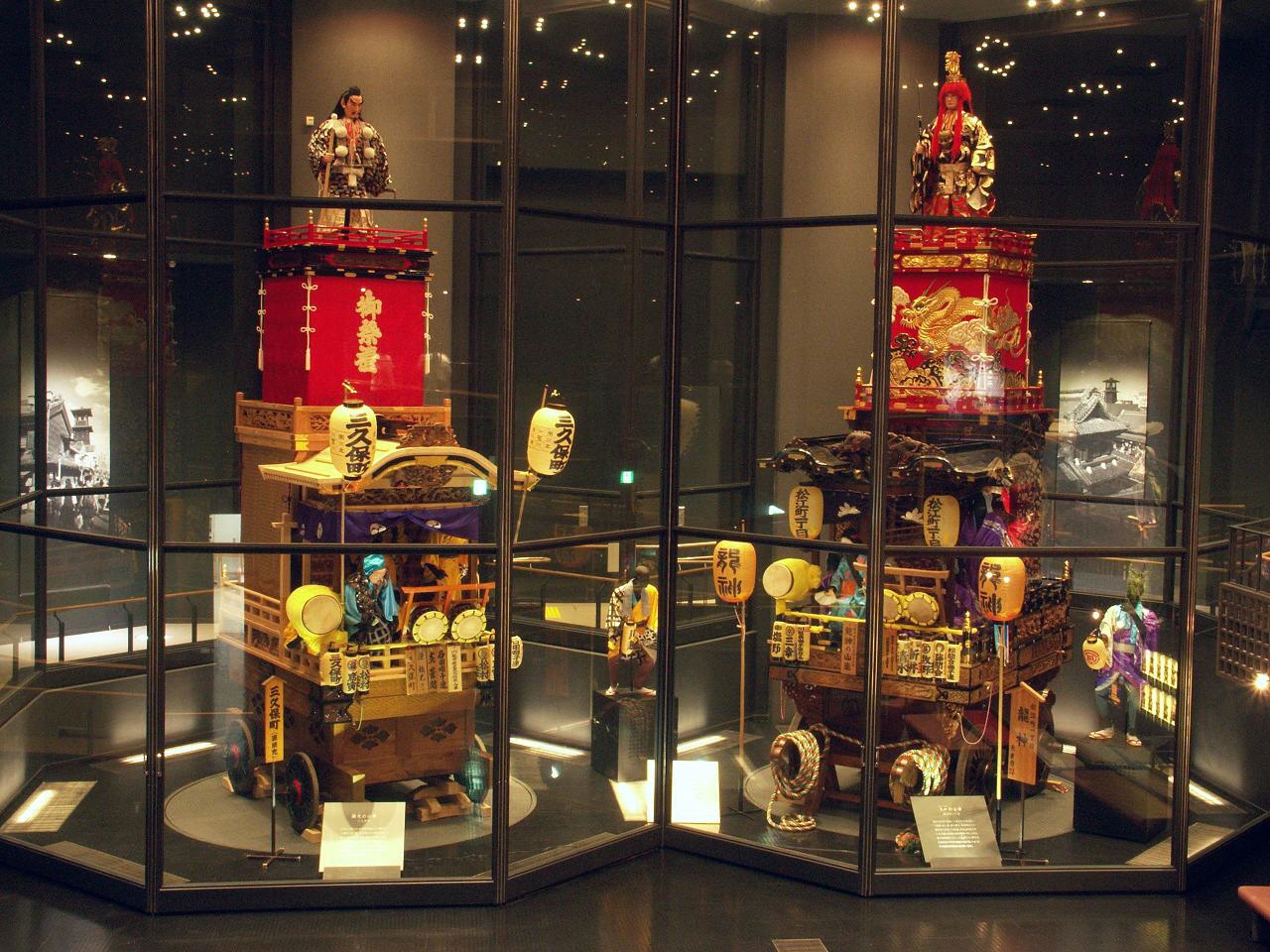
The two authentic Dashis (festival cars) pulled at the Kawagoe Festival are on display along with materials related to the Kawagoe Festival. At this exhibition hall, the powerful atmosphere of the Kawagoe Festival can be experienced all year round. There is also a regular demonstration of musical accompaniment (about 20 minutes).
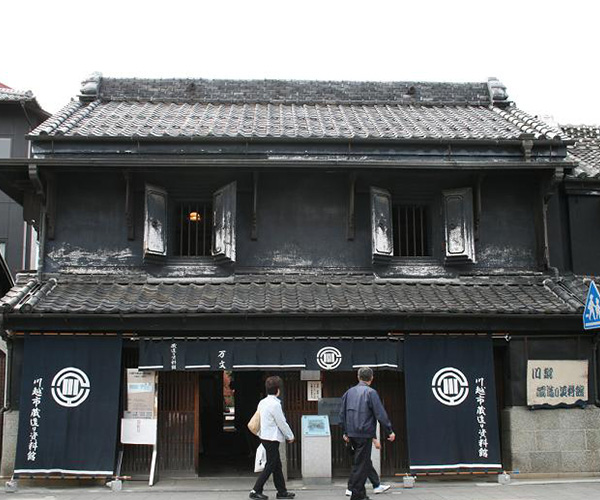
※The museum has been undergoing earthquake-proofing renovation since 2017, and is currently closed to the public. The Kawagoe Kurazukuri Museum was built by tobacco wholesaler Koyama Bunzō after the great fire in 1893 and designed referencing the few houses of Kurazukuri which survived the fire and merchant houses of the Tokyo Nihonbashi area. Visitors can tour the inside of the Kurazukuri houses of Kawagoe, where the atmosphere of the Meiji era can be felt to this day in the buildings' structure and design.
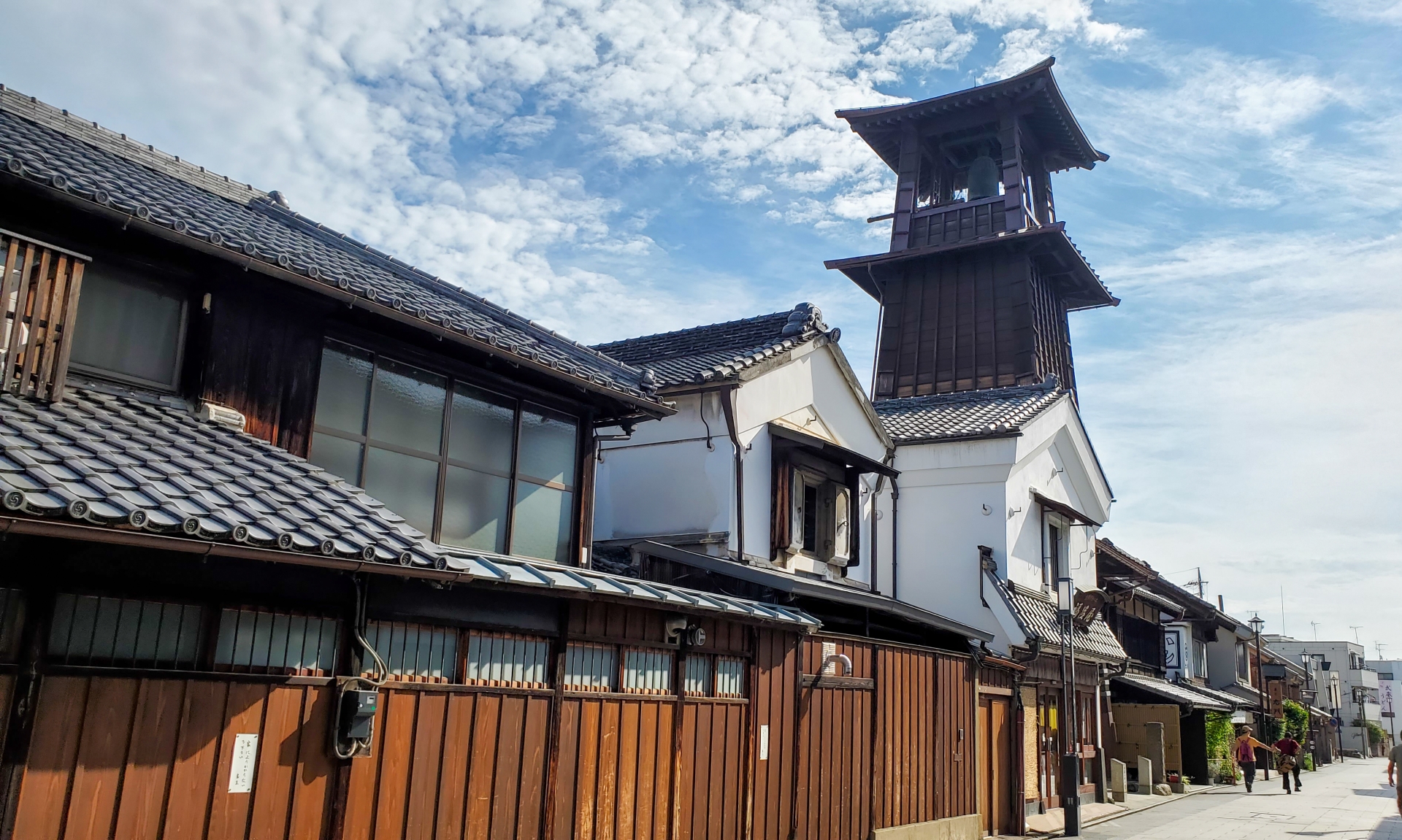
Toki no Kane is said to have been first built in the Castletown Tagachō during the Kan’ei era (1624-1644) by the lord of Kawagoe Castle, Sakai Tadakatsu. The current bell tower was rebuilt the year following Kawagoe’s great fire in 1893, and is a three-story tower with a height of about 16 meters. It is a symbol of Kawagoe and denotes that “time” is indispensable for daily life. As of today, the bell rings four times a day (6 am, noon, 3 pm, and 6 pm).
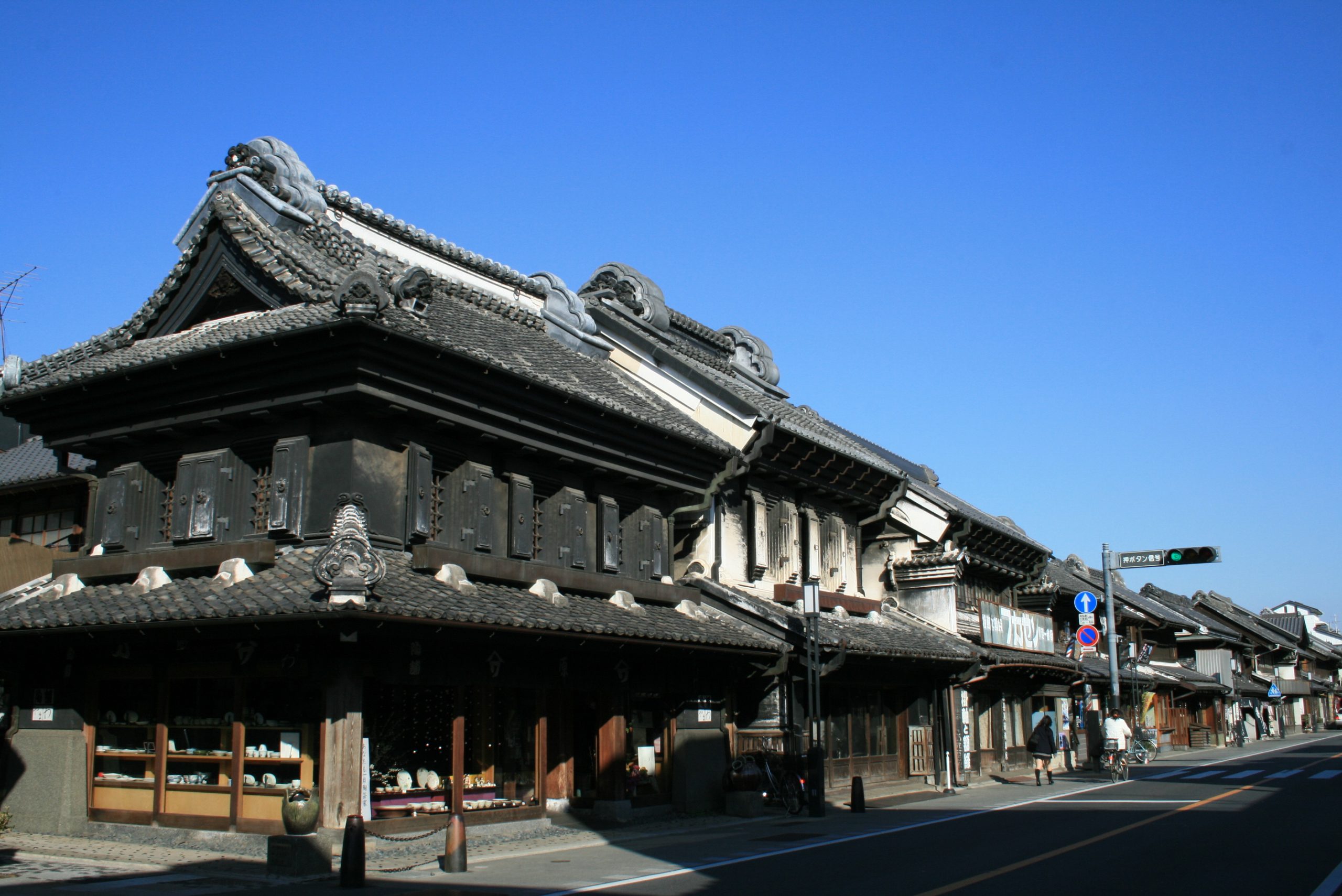
A townscape of “kurazukuri" traditional warehouses still remains in Kawagoe. The kurazukuri warehouses were cleverly built with fireproof architecture and developed as housing for the merchants of Edo. The warehouses retain an image of Edo that cannot be seen in modern day Tokyo. They were chosen as national “Important Preservation Districts for Groups of Traditional Buildings” in December of 1999 and were selected as one of “Japan’s 100 Beautiful Historical Environments” in January of 2007.
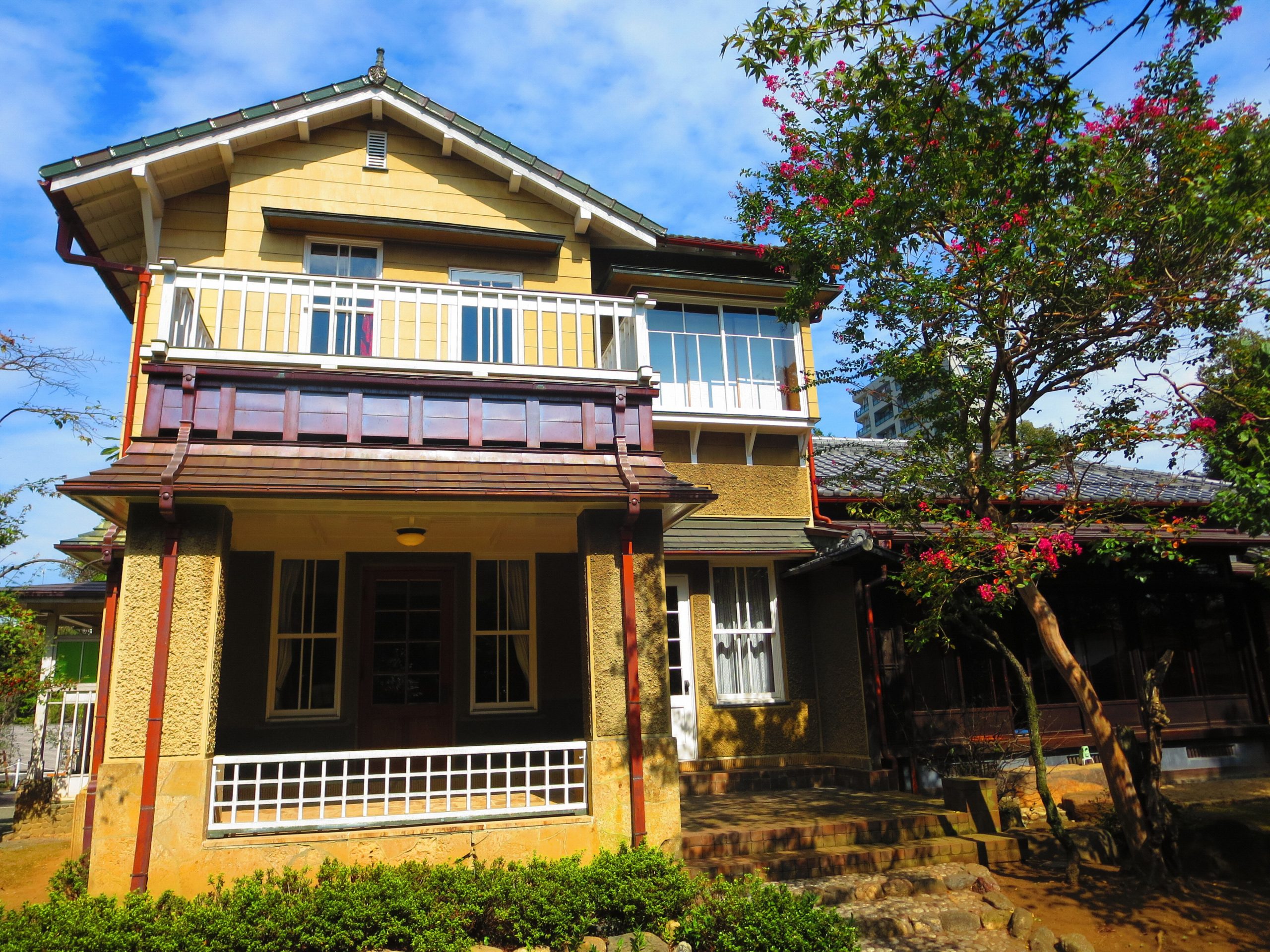
The Old Yamazaki Family Villa was built as a retreat for Kashichi Yamazaki, the 5th generation of Kameya, a long-established confectionery store of Kawagoe. The building and other components have been recognized as having national cultural significance; the main house, tearoom, and the benches of the waiting room were designated as tangible cultural properties of the city in 2000, a portion of the building was donated to the city in 2006, the garden was registered as the national monument (place of scenic beauty) in 2011, and the main building was designated as a National Important Cultural Property in 2019. The garden of the former Yamazaki family's villa is also recognized as a valuable example of a Japanese-style garden, including a tea ceremony room designed by Katsuya Hoka along with Japanese and Western-style buildings, and is highly regarded as “a contribution to the development of landscape gardening culture."
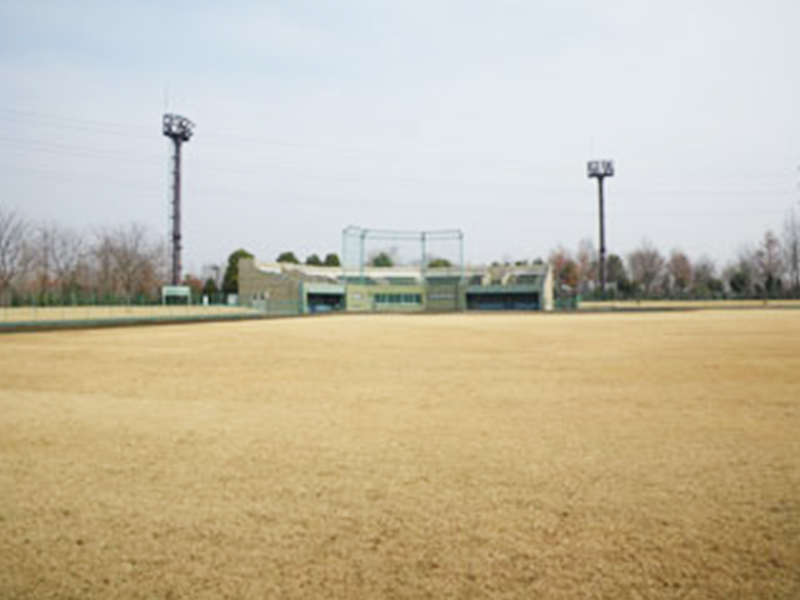
Tsurugashima Sports Park is known for its plentiful greenery and support of the natural ecosystem. There is a wooded area which utilizes existing trees to their fullest, a waterfront centered around the Oootagaya marsh and exercise facilities located on the main ground. This athletic park can be easily enjoyed by people of all ages, from children to the elderly. In addition, it is the site of the Tsurugashima Cherry Blossom Festival in spring and the Tsurugashima Industry Festival in fall, making it a center of tourist activity for the city.
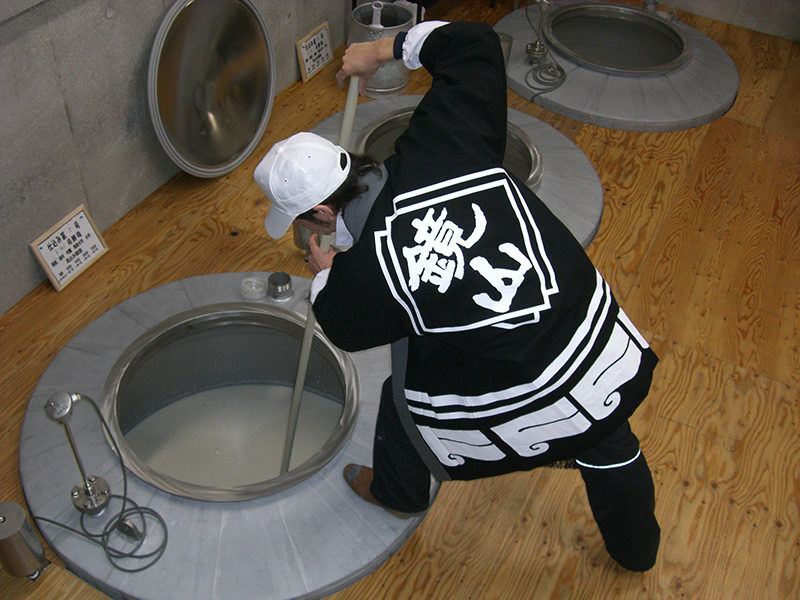
The only sake brewery at Kura no Machi, Kawagoe. Though the sake brewery cannot be toured, the adjoining Matsumoto Shōyu, established 200 years ago, can be toured free of charge. Please stop by for a visit! The sake brewery is only 1 minute by foot from the Toki no Kane, the center of Kawagoe’s tourist destination.
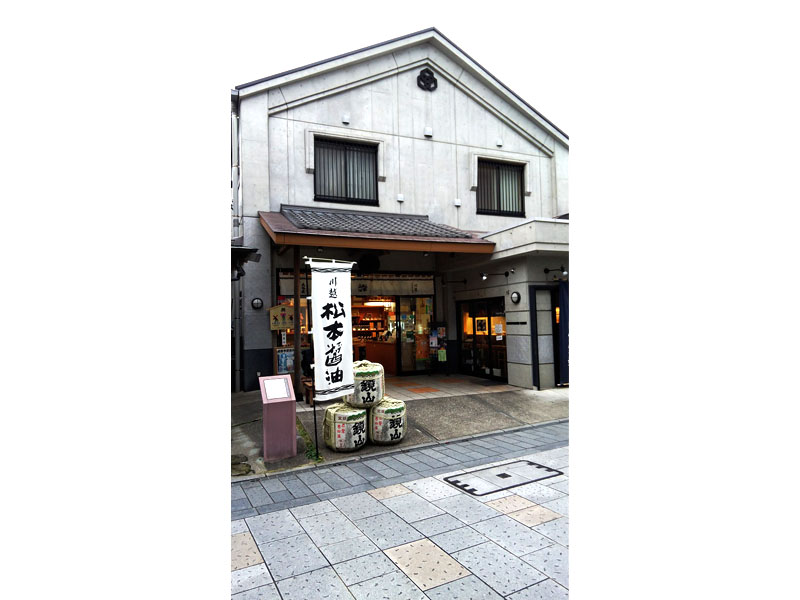
Matsumoto Soy Sauce Factory has been making soy sauce in Kawagoe for around 250 years. The brewery, established in 1764, still carries out production with traditional methods using 40 cedar vats that have been in use since the Edo period. At a tour of this soy sauce brewery, designated an important part of Kawagoe's city landscape, you can experience firsthand the tradition of soy sauce production.
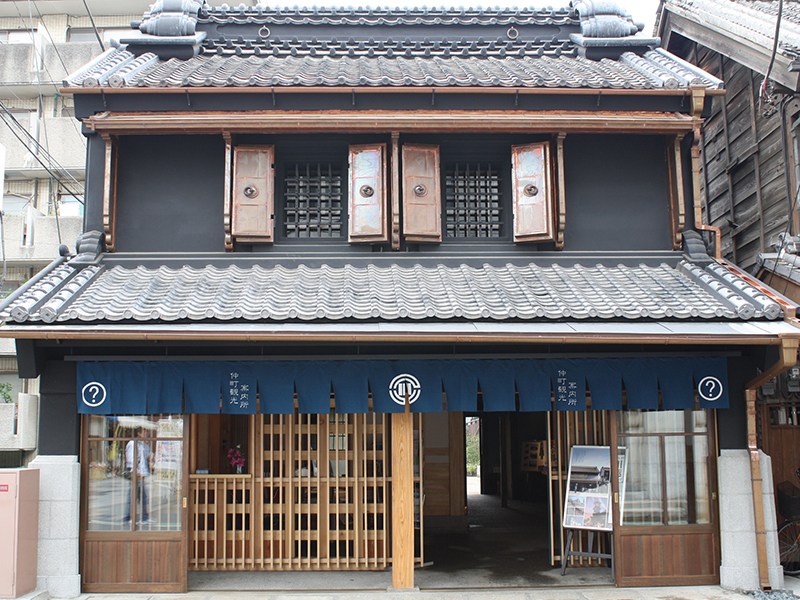
Situated at the Nakacho intersection, the entrance to the Kurazukuri district, the Kawagoe City Nakacho Information Center is filled with useful information and housed in a traditional warehouse! You can also connect to their free Wi-Fi and use their baggage storage service (for a fee).
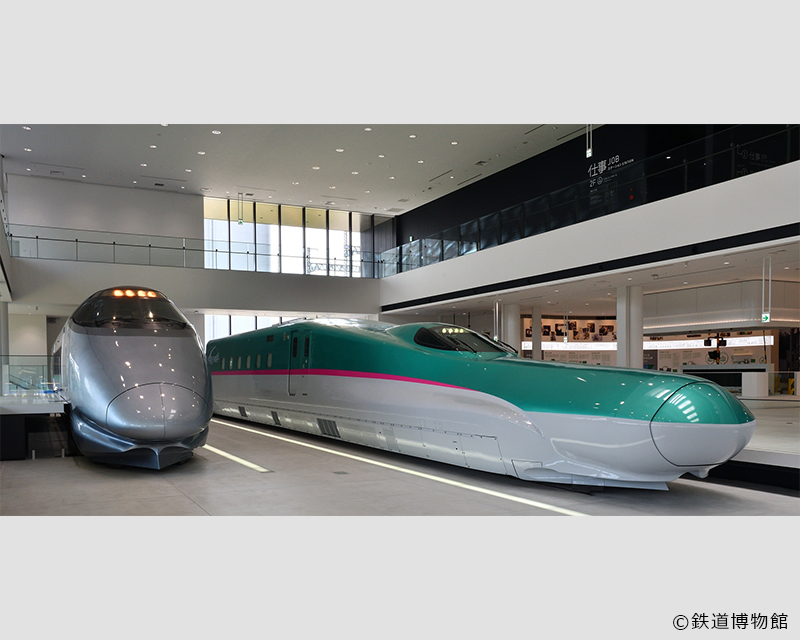
The railway museum opened on October 14th, 2007 in Ōmiya, Saitama as part of Japan Railways (JR) Group’s 20th-anniversary commemorative project. The South Building was newly opened in July of 2018, with the permanent exhibition of the main building renewed extensively. Through this renewal, the inside of the building has been divided into stations of 5 categories: rolling stock, history, job, science, and future, updating the museum to tell the rich story of the relationship between humans and railways from a unique and diverse perspective.
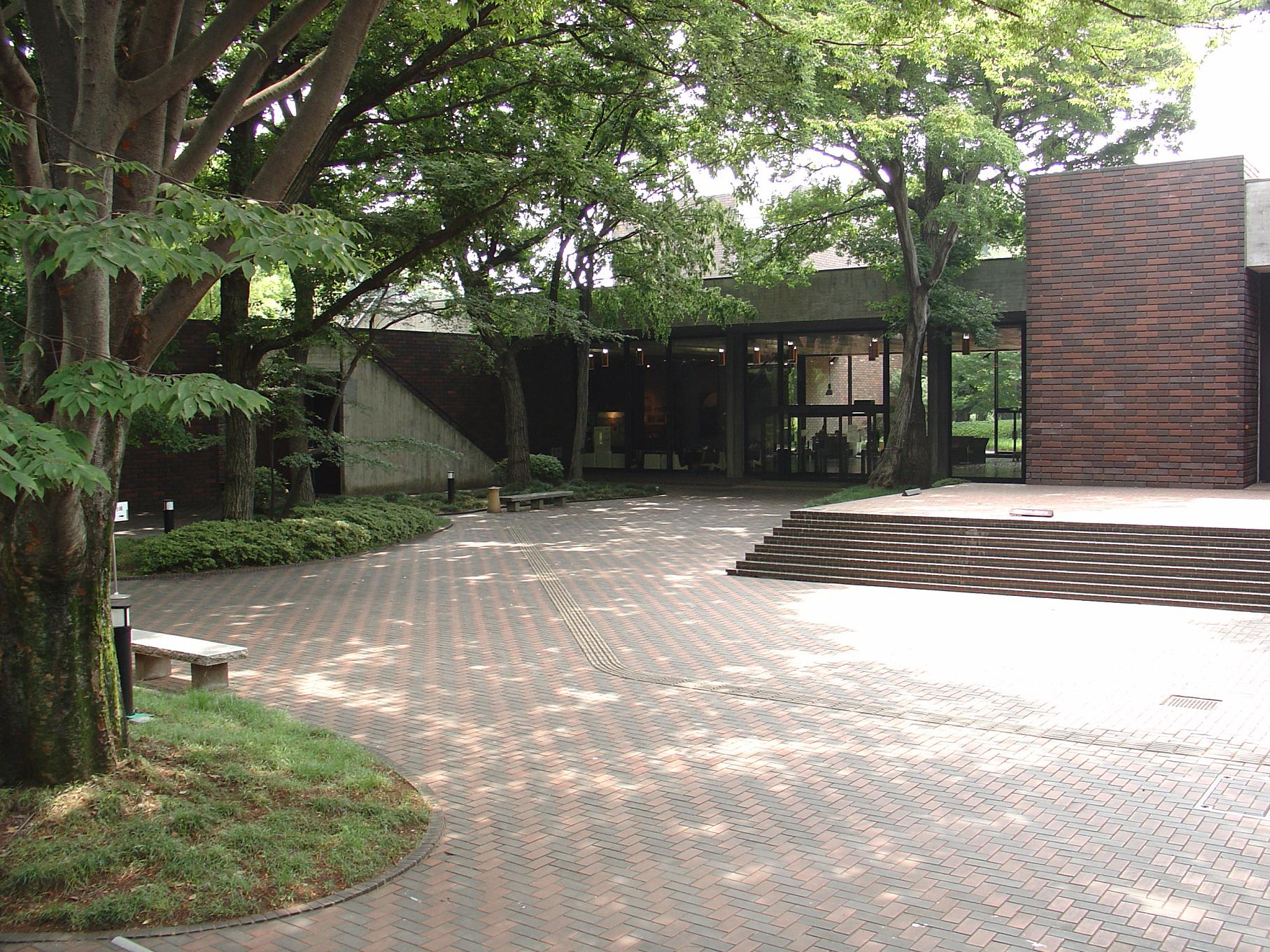
This comprehensive museum houses materials and artifacts related to Saitama's history, folklore and art, such as national treasure swords and daggers. The permanent exhibition introduces, "The Life and Culture of Saitama," through these topics, and themed special and planned exhibitions are held regularly. There are also a variety of hands-on experience workshops for both children and adults to enjoy. (For more information regarding the facility, please refer to the URL below)
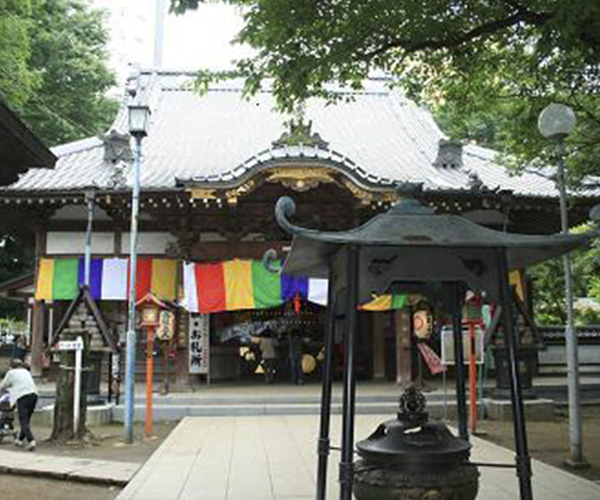
Founded in 1549 by Renkei Daishi, the mother of Kawagoe Castle Lord Masashige Daidoji. Later during the Tokugawa period, it was officially recognized as a temple and made into a school for Buddhist monks, and many Buddhist monks were educated there. In addition, the temple enshrines Fukurokuju, one of the 7 lucky gods of Kawagoe. Events are held at the temple on a regular basis.
This site uses cookies to improve the user experience. If you continue to browse, you consent to the use of cookies on this site. Accept
CONTACT
